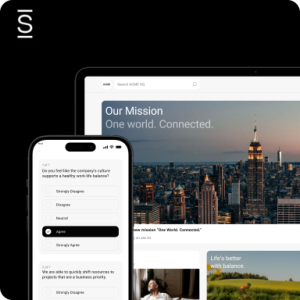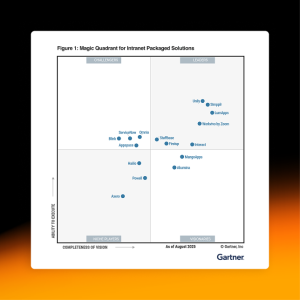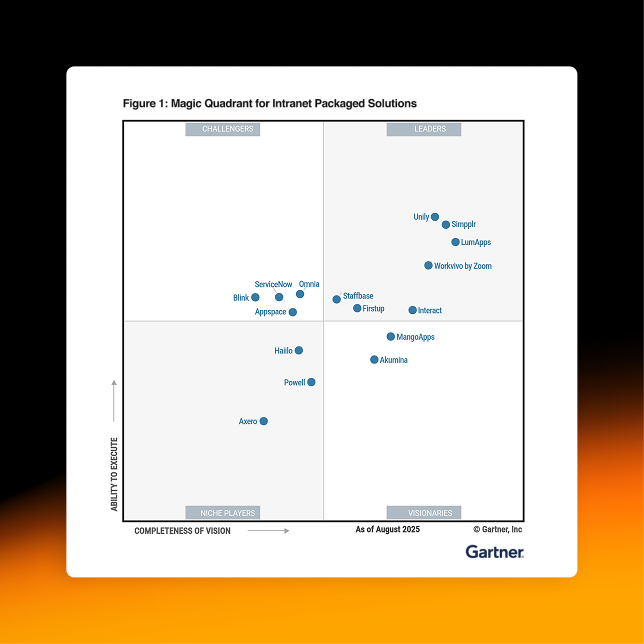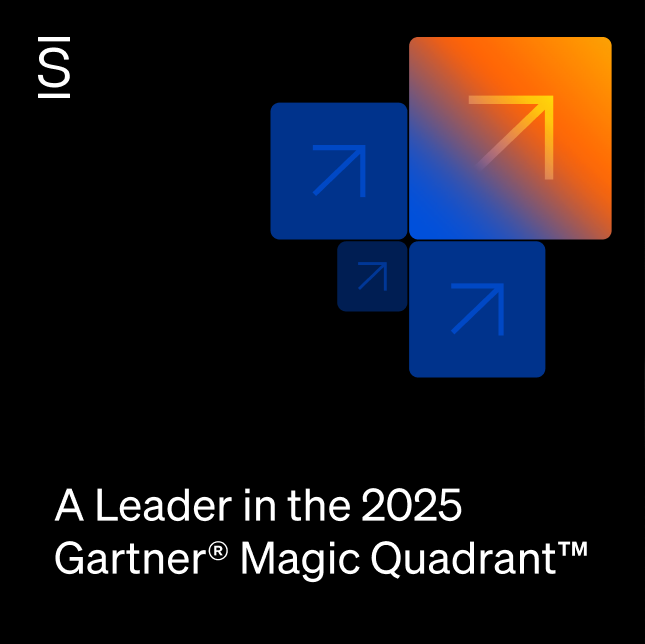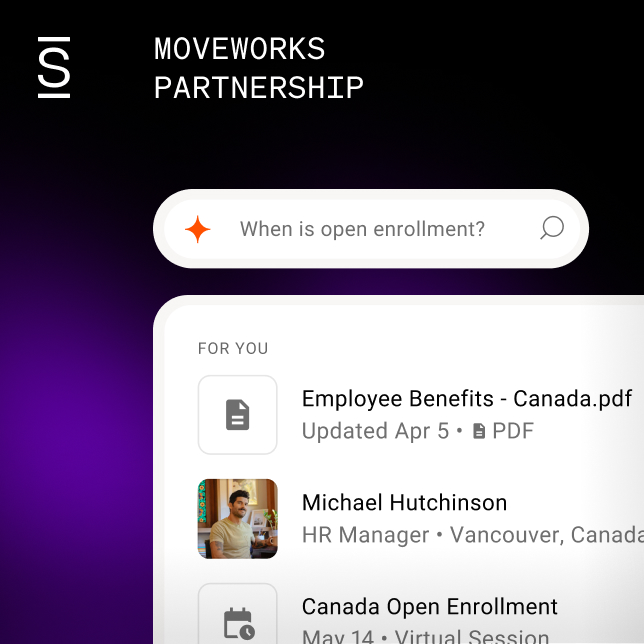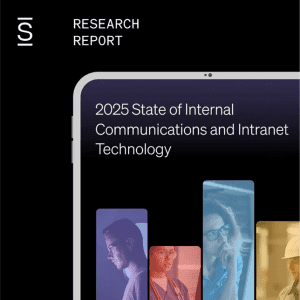When it comes to workplace digital accessibility, three critical workforce segments are often excluded. Employees with disabilities lack accommodations for visual, auditory, motor, and cognitive impairments. Frontline workers miss critical updates on platforms that aren’t mobile-optimized or require VPNs on corporate devices they don’t regularly use. Seasonal and shift workers are often locked out of training and communication tools during off-hours, limiting their ability to complete required tasks on their own schedule.
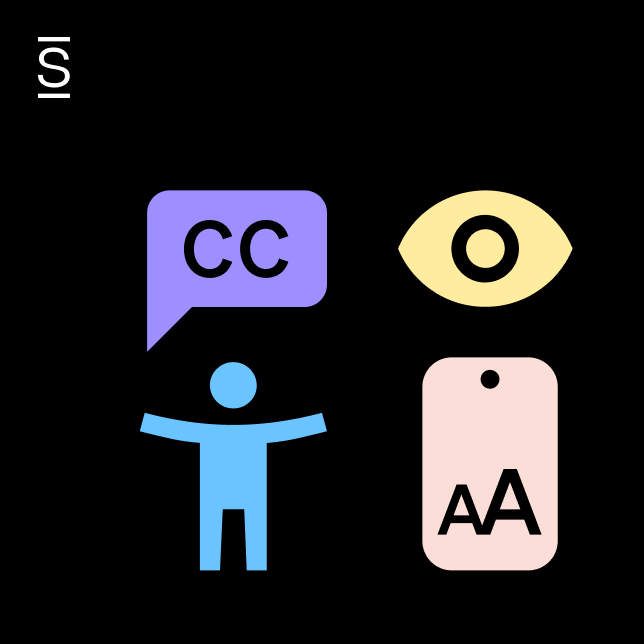
The importance of digital accessibility in the workplace
These aren’t isolated problems. Approximately 5% of the U.S. workforce has a disability, while 80% of the workforce is deskless. Millions more seasonal and shift workers cycle through organizations annually without consistent digital access. When workplace tools fail these groups, consequences cascade — missed safety protocols, incomplete training, and operational breakdowns that ripple through the entire organization.
More than 30% of companies lack the technology to adequately engage frontline employees (Simpplr Survey).
Though most companies include a combination of desk-based and deskless workers, leadership tends to implement technology more suitable for employees who use laptops or desktop computers. Digital accessibility means building systems that actually work for everyone: employees who need assistive technology, frontline workers who need mobile-friendly technology, and seasonal staff requiring flexible platforms.
Organizations that adequately address digital accessibility create a more inclusive and legally compliant inclusive digital workplace.
What is digital accessibility?

Workplace digital accessibility is an organizational approach that prioritizes inclusive technology design. It ensures all employees can effectively use digital tools regardless of their abilities, work environment, or device access.
Digital accessibility means different things depending on which segment of your workforce is affected:
- For employees with disabilities: WCAG 2.1 AA compliance, assistive technology compatibility, and inclusive design that works with screen readers, keyboard navigation, and other adaptive technologies
- For frontline workers: Mobile-first design, offline capabilities, and device-agnostic access that functions seamlessly whether they’re on a job site, in a warehouse, or on the hospital floor
- For seasonal/shift workers: Flexible access methods, intuitive interfaces, and 24/7 availability that doesn’t require extensive training or complex login processes
- For nonnative speakers: Lack of multilingual support or accessible formats such as captions and translations
With equal digital access, workers with disabilities can navigate systems using their preferred assistive technologies. Frontline employees can instantly access critical information on personal devices. This is especially true when it comes to online training, internal communications, and digital workflows. Seasonal workers can complete the required training without company accounts.
Through accessible interface design, mobile-optimized platforms, and flexible access methods, organizations can bridge the digital divide, maximize workforce productivity, and create inclusive digital experiences that work for everyone.
The importance of digital accessibility
Digital accessibility gaps affect millions of workers across different segments of the workforce, creating barriers that extend far beyond individual frustration. The consequences ripple through organizations in measurable ways — from legal compliance issues to productivity losses and talent retention challenges.
Legal and compliance requirements
Organizations face significant legal risks when digital platforms fail to meet accessibility standards. Under the Americans with Disabilities Act (ADA) and Section 508 requirements, employers must provide equal access to workplace technology for employees with disabilities. What may seem like a minor inconvenience for other employees becomes a complete barrier for workers who rely on assistive technologies or require alternative formats to access information.
More than 1 in 4 U.S. adults are living with some form of disability (CDC).
Those with visual, auditory, motor, or cognitive disabilities may find inaccessible digital platforms exclude them from essential workplace communications entirely.
Productivity and safety impact
Digital accessibility gaps create cascading problems across the workforce. For employees with disabilities, inaccessible platforms mean missing critical information, incomplete training, and exclusion from essential communications. Frontline workers in healthcare, transportation, manufacturing, and retail face similar challenges when systems aren’t optimized for mobile access or designed for on-the-go use.
Research shows that deskless employees often miss out on crucial communication and engagement tools accessible to desk-based workers.
Poor communication systems or the absence of mobile-friendly platforms can disconnect workers from time-sensitive safety protocols and operational updates. This raises serious safety concerns and negatively affects productivity across the entire organization.
Talent retention and recruitment
Organizations that fail to address these accessibility gaps risk losing valuable talent from multiple workforce segments. Employees with disabilities face daily frustration with inaccessible systems, while frontline workers struggle with platforms that don’t meet their mobile-first needs. Seasonal and shift workers encounter interfaces that require extensive training they don’t receive.
Workplace digital accessibility demonstrates a commitment to inclusion. It helps attract and retain diverse talent while reducing turnover costs associated with employees who can’t effectively use digital tools. Modern technology solutions can address these challenges across all segments of your workforce.
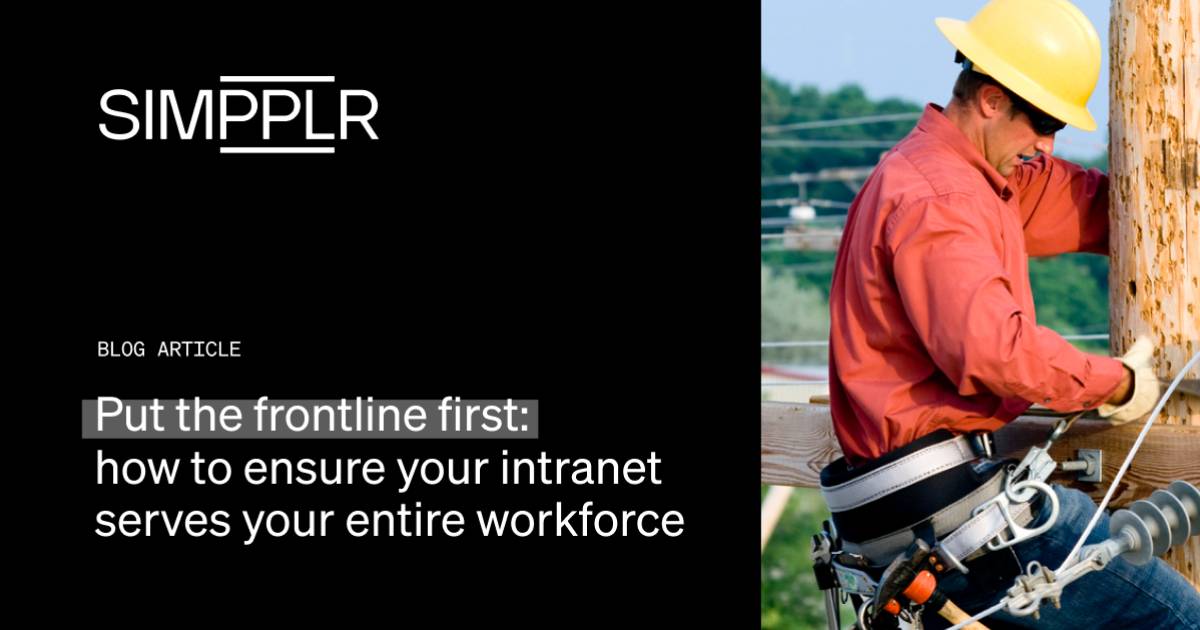
Technology solutions to encourage digital accessibility
Like boomers who long outgrew calling trees, voicemails, and PA systems, millennials — increasingly forming the majority of frontline workers — don’t understand or want to work with outdated technologies. Frontline employees struggle with desktop-only systems when they need mobile access. This inefficiency hinders productivity and comes with significant costs. Seasonal workers encounter technological barriers such as access and identity gaps, tools incompatible with their shifts, and limited support for diverse needs.
77% of disabled knowledge workers believe outdated technology limits their career opportunities.
Outdated systems exclude more than just frontline workers. Workers with disabilities face platforms that lack basic screen reader compatibility or keyboard navigation.
All three groups need solutions that meet them where they are:
- Frontline workers need an AI-powered solution that keeps them connected and informed, clarifies job responsibilities and tasks, enhances the employee experience by offering support, and drives company culture
- Employees with disabilities need built-in screen reader compatibility, keyboard navigation, and adjustable text sizing
- Seasonal staff need intuitive interfaces that don’t require extensive training
The solution shouldn’t be separate, limited versions for different worker types. A mobile-first intranet that works seamlessly on phones from the start benefits everyone. This approach enables frontline employees to get a seamless experience and curated mobile-first information, just as intuitively as their desk-based counterparts — whether they’re on a job site, in a warehouse, or on the hospital floor.
From shift schedules and policy updates to training modules, a modern intranet platform makes everything accessible with a few clicks. For workers with disabilities, this means features like voice controls, larger text options, and screen reader compatibility are built right in. This way, every employee feels included, connected, and informed, creating a workplace where accessibility drives innovation and engagement for everyone.
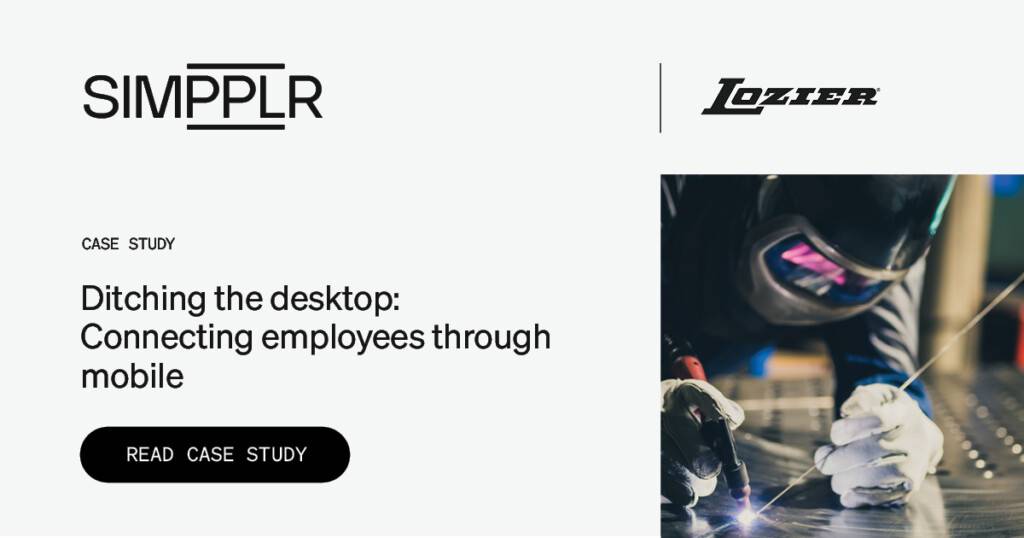
10 modern intranet features that promote digital accessibility
The gap between digital accessibility needs and current solutions requires specific technical capabilities that address real workplace challenges. Modern intranet platforms can bridge this divide through targeted features that serve multiple workforce segments simultaneously.
Here are ten intranet features that make digital accessibility practical and effective:
1. Screen reader optimization and semantic HTML
Proper content structure enables assistive technologies to interpret and navigate digital interfaces effectively. Screen readers rely on semantic HTML markup to understand page hierarchy, helping users jump between sections and locate information quickly. This foundation is essential for employees with visual impairments while creating cleaner, more intuitive navigation for everyone.
Approximately 12 million U.S. adults over 40 years of age have vision impairment, which can affect their ability to read and access online content (CDC).
Key capabilities of screen reader optimization:
- Proper heading structure (H1, H2, H3) that creates logical content flow
- Semantic markup that clearly identifies buttons, links, and form elements
- Skip navigation links that allow users to jump directly to main content
- Alt text descriptions for images to convey visual information meaningfully
- WCAG 2.1 AA compliance built into core platform architecture
Beyond serving employees with disabilities, semantic structure benefits anyone using assistive navigation tools, including voice control users and keyboard-only navigation.
The Web Content Accessibility Guidelines (WCAG) 2.1 compliance follows international web accessibility standards developed by the World Wide Web Consortium (W3C) to make web content more accessible to people with or without disabilities.
2. Mobile-first platform design
Modern frontline workers expect technology that adapts to their mobile reality. A mobile-first approach ensures seamless functionality across devices, recognizing that most frontline employees access information primarily through personal smartphones. This approach also benefits seasonal workers who need immediate access without extensive setup processes.
Key capabilities of mobile-friendly design:
- Easy navigation with responsive layouts that adapt to different screen sizes
- Integration with essential business systems and workplace tools
- Single sign-on (SSO), QR codes, and other authenticated methods to allow employees to securely access the intranet
- Real-time updates and notifications so employees never miss critical information
- Personalized user dashboards that highlight key announcements and unify essential resources with one tap
Mobile-first design creates broader accessibility benefits, especially for employees with disabilities who rely on mobile assistive tools like screen readers or voice control on tablets and phones.
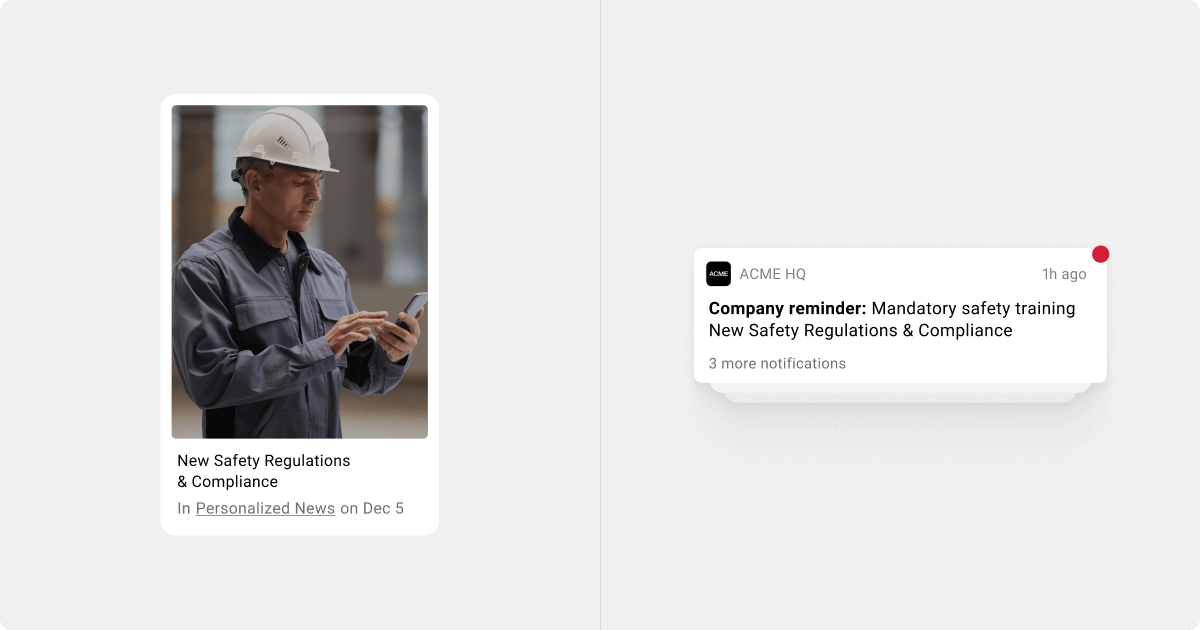
3. Keyboard navigation and focus management
Full keyboard accessibility ensures users can navigate without a mouse, essential for employees with motor impairments or those using alternative input devices. This capability eliminates barriers for workers who cannot use traditional pointing devices while supporting efficient navigation preferences.
Key capabilities of accessible keyboard navigation:
- Complete keyboard accessibility for all interactive elements
- Visible focus indicators that clearly show current location
- Logical tab order that follows intuitive content flow
- Keyboard shortcuts for common actions
- Focus management that maintains context during page changes
Power users across all workforce segments benefit from keyboard shortcuts for faster navigation, especially in high-productivity environments where mouse interaction slows down workflow.
4. Enhanced color contrast and visual design
Strong visual contrast ensures content remains readable for users with vision impairments while supporting those working in challenging lighting conditions. This feature addresses needs ranging from age-related vision changes to environmental factors like bright manufacturing floors or dim storage areas.
Key capabilities:
- WCAG contrast ratios (4.5:1 for normal text, 3:1 for large text)
- Text resizing up to 200% without horizontal scrolling
- High contrast mode support for maximum visibility
- Color-blind friendly design that never relies solely on color to convey information
- Consistent visual hierarchy that reduces cognitive load
Enhanced visual design benefits extend to all workers in difficult lighting conditions too.
5. Cognitive accessibility features
Clear, predictable interfaces reduce mental processing load and help employees focus on their work rather than struggling with confusing technology. Cognitive accessibility benefits extend far beyond users with diagnosed disabilities, too.
Key capabilities of cognitive accessibility features:
- Simple, consistent navigation patterns that follow predictable layouts
- Intuitive design with obvious visual hierarchies and logical information flow
- Scannable content formats that allow quick information processing
- Consistent labeling and terminology across all platform areas
- Video captions and transcripts that support comprehension and learning
Cognitive accessibility features particularly help neurodivergent users, employees with cognitive disabilities like dyslexia or ADHD, and nonnative language speakers. These design principles also support all employees during high-stress situations, busy workdays, or when accessing information quickly on mobile devices.
6. Centralized information hub with powerful search
A modern intranet acts as a unified digital work hub to reduce cognitive load and eliminate the need to navigate multiple systems. This centralization particularly benefits employees with cognitive disabilities, time-pressed frontline workers, and seasonal staff who need quick access to information without complex navigation.
Key capabilities of a digital work hub:
- Intuitive navigation with predictable patterns
- Centralized document repository with version control
- Single sign-on integration across all workplace tools
- AI assistants or enterprise search that understands context, intent, and summarizes responses to answers
- Multilingual translation for content accessibility across language barriers
Centralized access creates universal benefits by reducing system complexity and providing consistent navigation patterns that serve all workforce segments effectively.
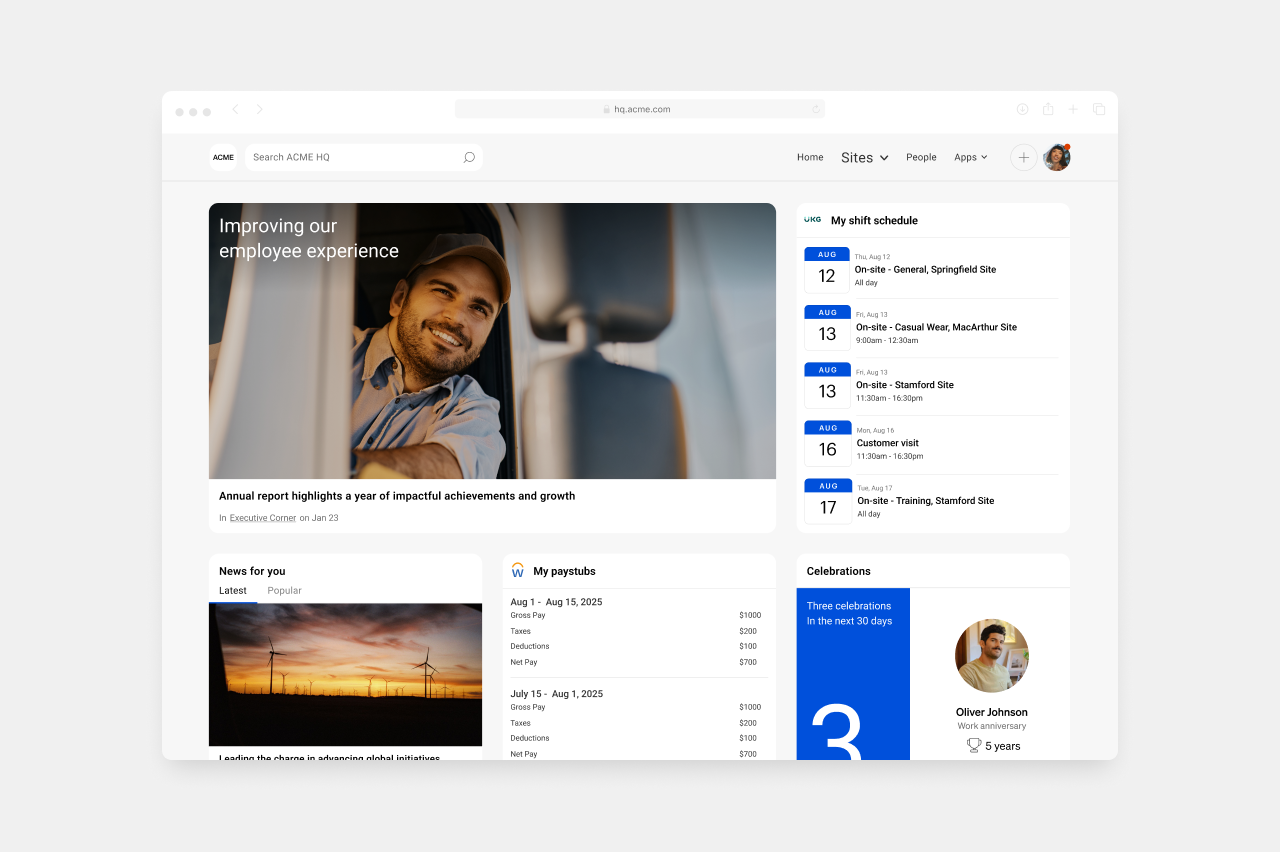
7. Smart content personalization and targeting
AI-powered content delivery ensures workers receive personalized, relevant information, reducing information overload while ensuring critical updates reach the right people. This capability particularly serves seasonal workers and frontline staff who need role-specific information without unnecessary complexity.
Key capabilities:
- Role-based content delivery that surfaces relevant information automatically
- Shift-aware notifications that respect work schedules
- Location-based targeting for site-specific information
- Personalized dashboards that adapt to individual needs
- Contextual resource surfacing based on current tasks
Smart personalization reduces information overload for employees with cognitive disabilities while helping all workers focus on content relevant to their specific roles and responsibilities.
8. Text-to-speech (TTS) audio access to critical information
Text-to-speech transforms written intranet content like safety policies, training modules, and announcements into spoken audio. Employees can listen while on the move or working hands-on. TTS removes literacy, language, and screen fatigue barriers, allowing every employee to consume content in the way that suits them best.
Key capabilities:
- Customizable playback speed and voice settings
- Ideal for workers with visual impairments, low literacy, or language barriers
- Hands-free messaging or listening in mobile or active environments
By offering audio access to written content, text-to-speech ensures that every employee, regardless of literacy, language, or environment, can stay informed, safe, and engaged.
9. One-to-one messaging for a direct line to managers
Intranets with built-in or integrated one-to-one chat capabilities provide employees with a quick and informal way to ask questions, clarify policies, report issues, or request support, eliminating the need for a formal ticketing system. This is especially important for seasonal or shift-based employees who may feel disconnected from traditional communication channels.
Key capabilities:
- Real-time chat between employees and managers, HR, or support teams
- Mobile-first experience for fast, on-the-go messaging
- Secure, role-based access to ensure appropriate communication
One-to-one messaging establishes a direct, accessible communication channel that enables frontline and seasonal employees to feel heard, supported, and connected in real-time.
10. Multilingual content support and on-demand translation
Intranets that support multilingual content creation and real-time translation empower global and linguistically diverse employees to access information in their preferred language, improving comprehension, engagement, and compliance across all teams.
Key capabilities:
- Native language toggling across interface and content, including mobile
- Real-time translation of posts, policies, videos, and knowledge articles
- Support for left-to-right and right-to-left language formats
Multilingual support is especially crucial for global companies, distributed teams, and industries with a high proportion of non-native speakers, such as manufacturing, logistics, and healthcare. It also supports neurodivergent users who may find content easier to understand in their first language, ultimately promoting equity and understanding across the entire workforce.
Modern accessibility features work together to create inclusive digital experiences. When platforms are designed with these capabilities from the start, they serve everyone more effectively while meeting compliance requirements naturally.
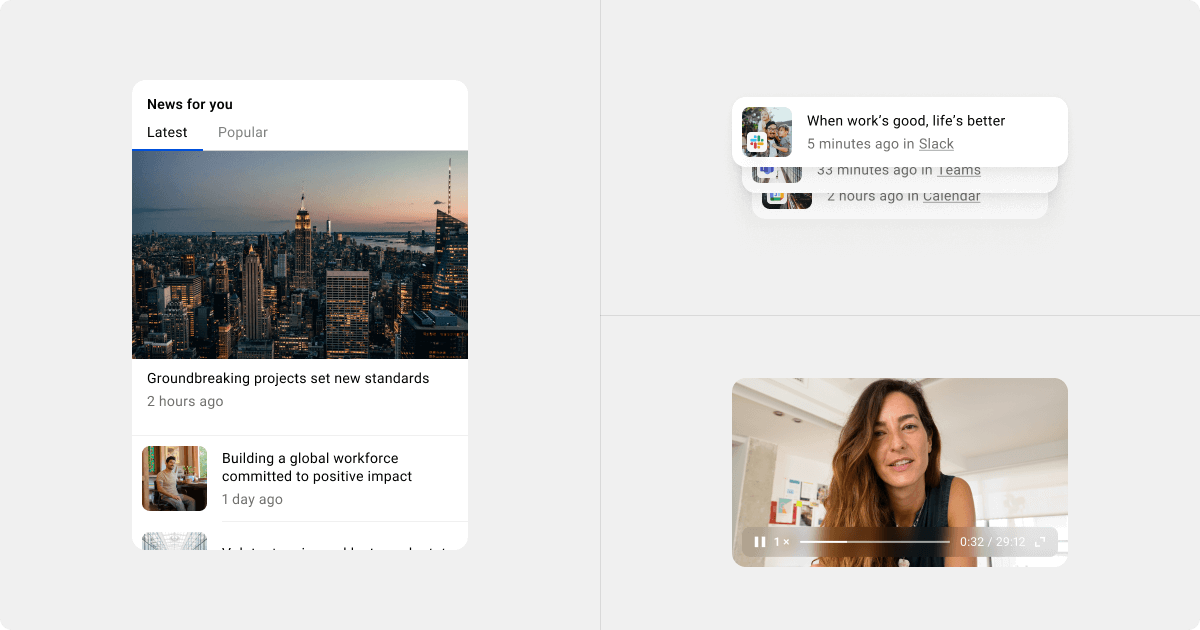
Make your workplace digitally accessible with Simpplr
True digital accessibility isn’t a bolt-on feature but a foundation built into every part of the employee experience. Whether employees are using a screen reader at their desk, accessing information on a smartphone in a warehouse, or completing training on a tablet during a night shift, Simpplr ensures everyone stays connected, informed, and included.
A modern intranet for everyone
Simpplr’s AI-powered employee experience platform is built for accessibility from the ground up. Its WCAG 2.1 AA-compliant design works seamlessly with assistive technologies through semantic HTML and ARIA roles. Screen readers parse pages correctly, keyboard navigation flows logically, and color contrast meets accessibility standards.
For deskless and frontline teams, Simpplr’s native mobile apps offer frontline workers responsive design, secure access, and smart notification management. AI-powered content personalization helps workers access relevant information without digital overload.
A unified approach to digital accessibility
Rather than deploying siloed solutions for different types of employees, Simpplr delivers a single platform that scales accessibility across every workforce segment. The platform’s API-first architecture extends accessibility across your entire digital ecosystem while maintaining ADA and Section 508 compliance.
True inclusion happens when every employee — regardless of ability, location, or role — can access the same information, participate in the same conversations, and contribute to shared organizational success.
Ready to see how Simpplr creates inclusive digital experiences for every employee? Request a demo today.
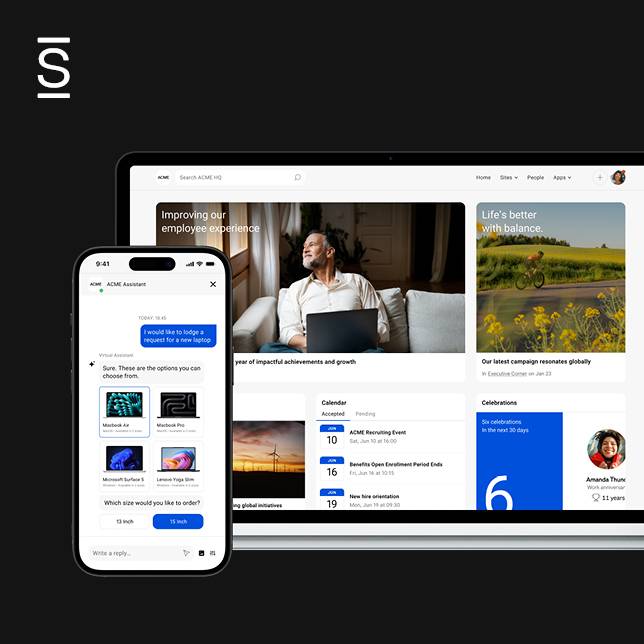
Watch a 5-minute demo
See how the Simpplr employee experience platform connects, engages and empowers your workforce.
- #1 Leader in the Gartner Magic Quadrant™
- 90%+ Employee adoption rate


